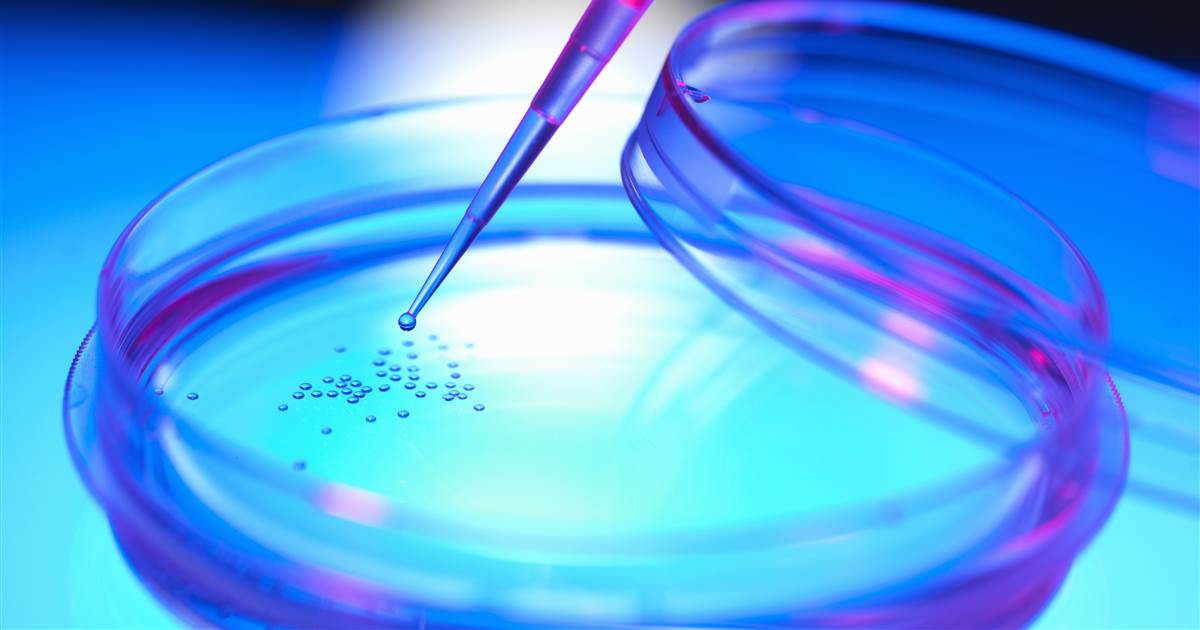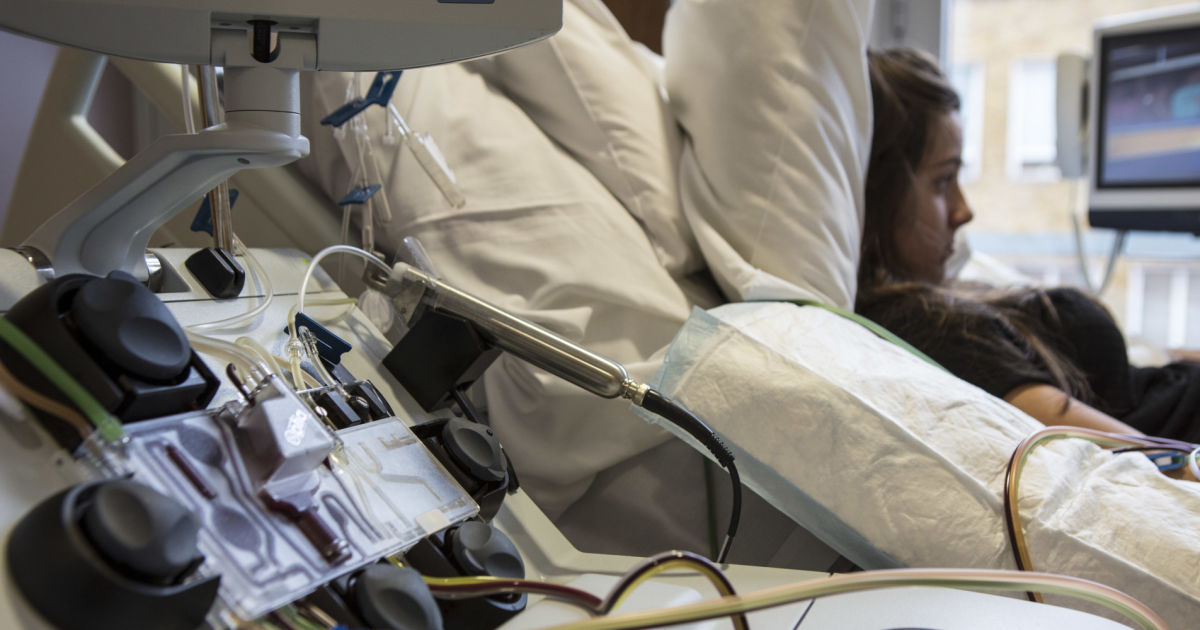An Overview Of Stem Cell Replacement
Stem cell replacements, also known as bone marrow transplants, may be done when an individual's bone marrow stops working and does not produce enough healthy cells. A stem cell replacement is a procedure characterized by replacing diseased bone marrow with healthy stem cells. Stem cell replacements may use healthy cells from the patient's own body or from a suitable donor. Keep reading to learn more about this procedure, including the types that may be used, what to expect, its side effects, and what conditions stem cell replacement can help treat.
What Are Stem Cells?

Stem cells are unique human cells with the ability to differentiate into numerous different types of specialized cells in the body. Every cell in the body starts off as a stem cell. All stem cells can self-renew and differentiate into more specialized cells. Stem cells are classified into types based on where they originate from and what they can and cannot do. Embryonic stem cells come from in inner cells of a human blastocyst that develops three to five days after a sperm fertilizes an egg. Adult stem cells are further specialized than embryonic stem cells. These stem cells have the ability to differentiate into different types of cells within the specific organ or tissue they live in. Induced pluripotent stem cells are cells specially engineered in a laboratory by the conversion of tissue-specific cells into cells that behave similarly to embryonic stem cells. Currently, stem cells are used to treat a variety of bone marrow and blood diseases, immune disorders, and blood cancers. The stem cells used in such treatments are adult somatic stem cells that are able to make all cell types that make up blood.
Learn about who can donate stem cells now.
Who Can Donate?

Each registry system for stem cell donors has different health and demographic criteria an individual must meet to donate stem cells. In order for a donor to match with a recipient, they have to have HLA typing done from a standard blood test. Everyone has a set of blood cell surface proteins that include HLA markers and histocompatibility antigens. There are ten critical HLA markers that have to be compared in each individual to find out if the donor is a match. While each registry differs, the main criteria guidelines most of them have in common include being between eighteen and sixty years old and free of medical issues such as HIV/AIDS, bleeding problems, significant brain injury, cancer, heart disease, stroke, and chronic kidney problems. The criteria for stem cell donors who are unrelated to the recipient are often much more strict than the criteria guidelines for biologically related donors. In many circumstances, a family member who donates to another family member will have one or more pre-existing conditions or diseases that would prevent them from meeting the suitability criteria for unrelated stem cell donors.
Uncover the details regarding the types of stem cell transplants used now.
